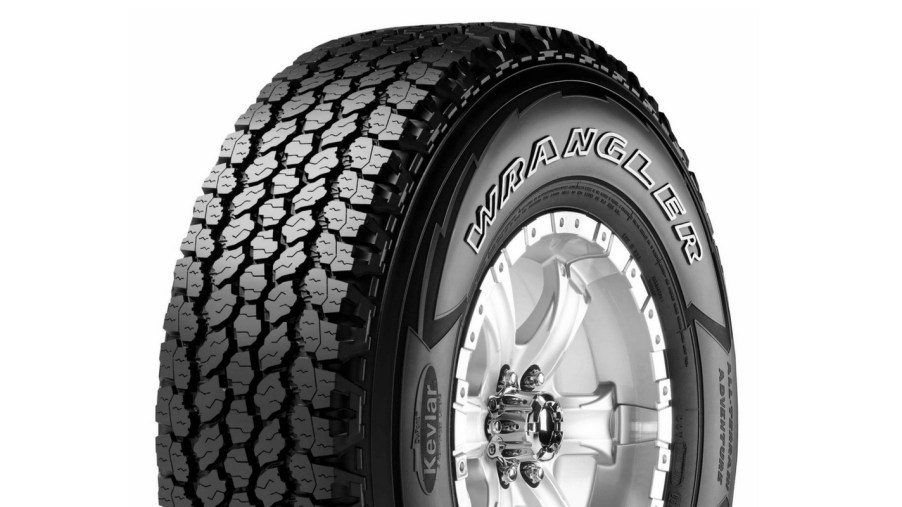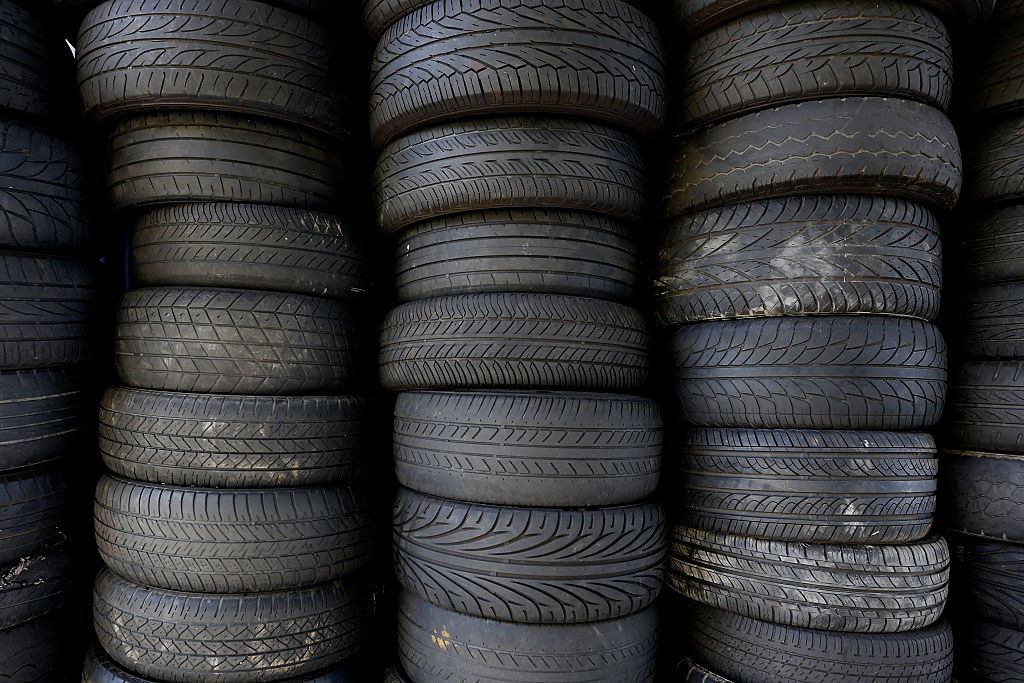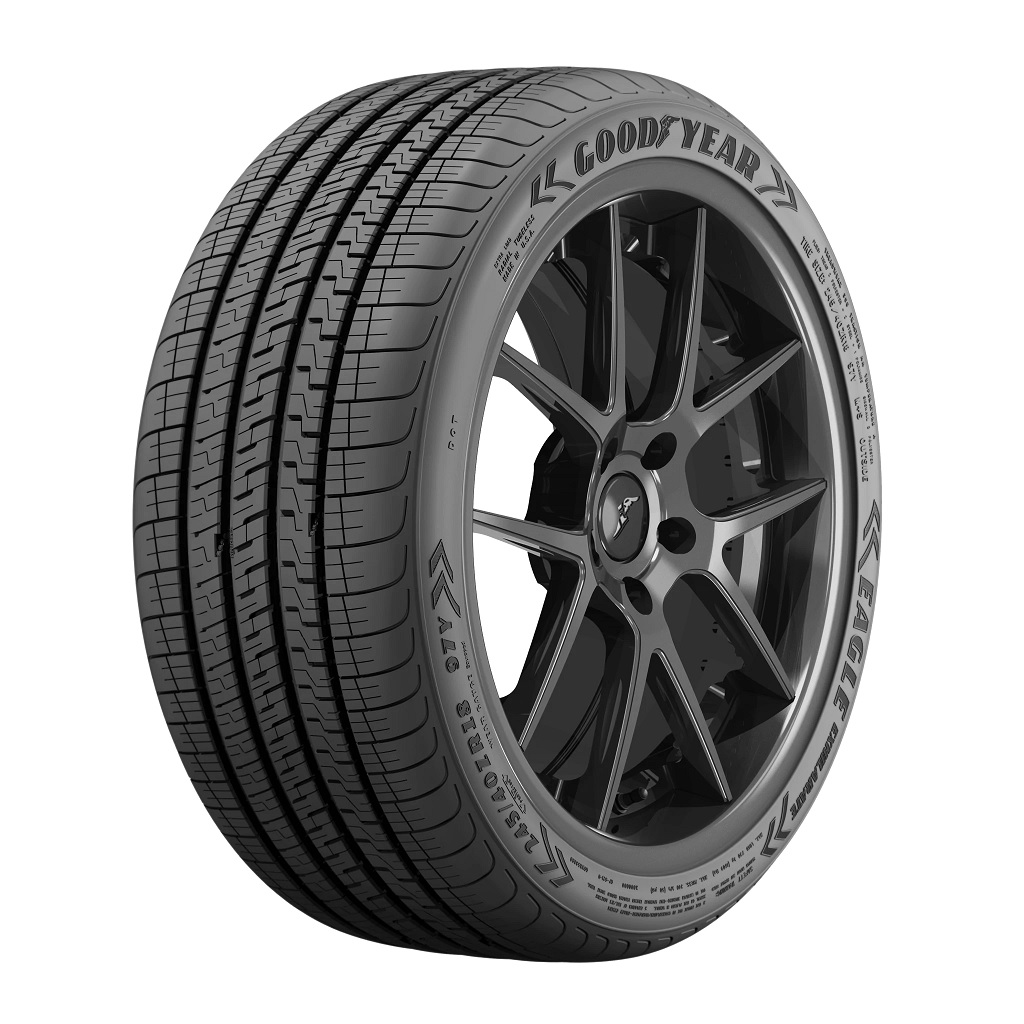
Best Ways to Store Your Tires
As we move into the colder season here in the states, a number of drivers may make the switch from all-season or summer tires to winter rubber. Winter tires are engineered with specific tread and rubber that is at its best in the cold. You may plan to drive through the winter in a place where temperatures drop consistently under 45 degrees Fahrenheit and beyond. If so, winter tires are essential. But what do you do about tire storage until the weather warms up again? What are the best ways to store tires?
Later in the season, you’ll want to switch back into the rubber that thrives in warmer weather. The winter tires will need to be stored until the following winter and it’s time to switch again. Depending of course upon how much you drive, each set of tires can last at least two seasons if not more. So how do you store tires during the off season?
Storing tires
According to Goodyear, it’s best to remove your tires from the vehicle before putting them into any long term storage. This means less stress on the tires from variables like vehicle weight and temperature fluctuations. However, if for some reason this isn’t possible, make the load as light as possible by unloading the vehicle and putting it up on jacks or something. If there is no other way and you must store the vehicle with the tires on, make sure the vehicle is moved every 30 days or so so keep the tires from getting a flat spot.

“Everything from the location they’re stored, to the way they are cleaned and even what they’re sitting next to all comes into play.”
Goodyear
Before storing your tires, it’s wise to wash them with soapy water. Also, you’ll want to be sure to maintain the manufacturer recommended tire pressure. That is, if the tires are staying on the wheels during storage.
Plus, according to Continental, there is no need for any polish or dressing of any kind. Applying something like this can actually prove harmful to the longevity of your tires over time. Tire rubber is engineered specifically for resisting things like ozone cracking or other “environmental stressors.” Just wash them––be sure to dry them as well––and fill them with the proper amount of air. Then you’re ready to place them in storage.

Does the position they are in really matter?
So you have clean, properly aired tires that are ready to be stored. How do you store them? Goodyear says the best way to store tires that are still on the wheel is with a hook through the rim. If they are removed from the wheel, don’t hang them. This can cause the tires to lose their shape over time.
If you can’t hang them, a vertical stack works too. face the sidewall down and lay them one on top of the other. Another helpful step you can take to protect the tires is to put them in a large sack such as a contractor bag.

Where is the best place to keep tires?
Both Continental and Goodyear recommend a dry dark place. Keep bagged tires in an area out of the sun. Avoid any chemicals or fumes. In addition, make sure they aren’t stored anywhere with a lot of moisture. An enclosed, moderately ventilated environment is ideal––like a garage. Overall, just be mindful and deliberate when storing your tires. Common sense steps like cleaning and avoiding sunlight matter. A little thought goes a long way when it comes to putting away tires for the season.



